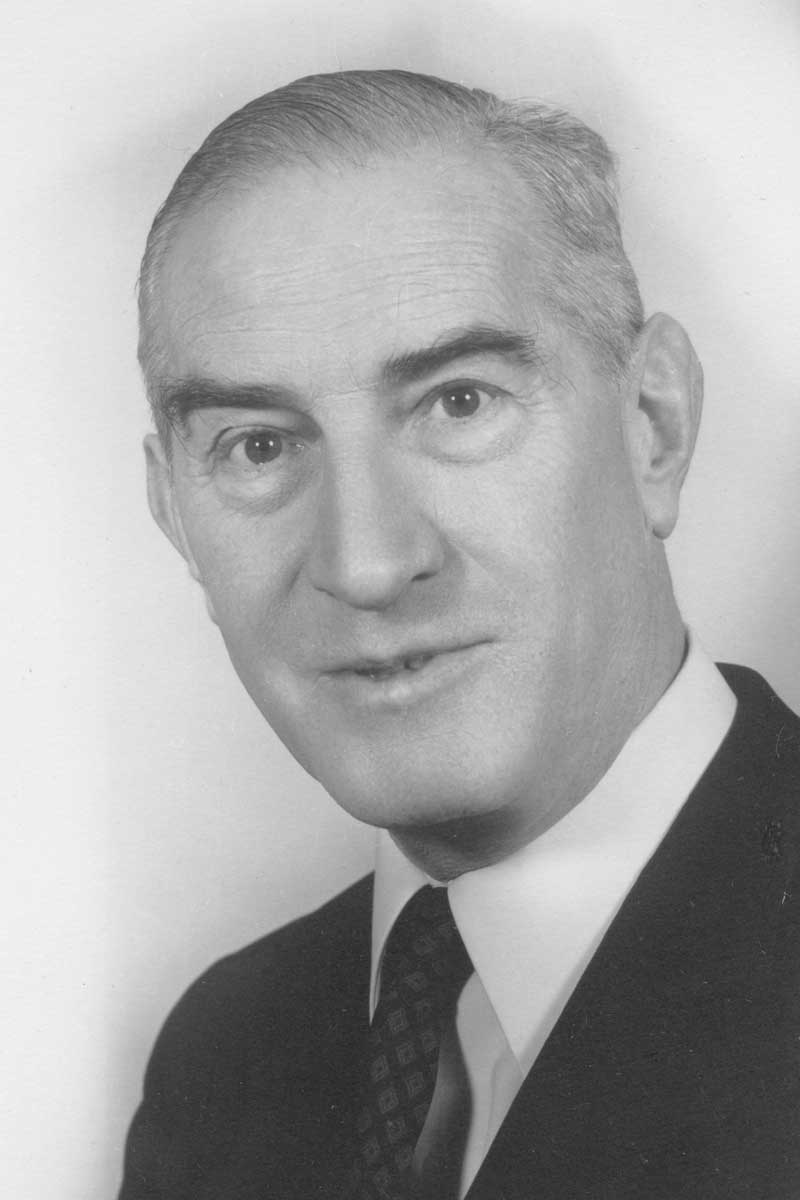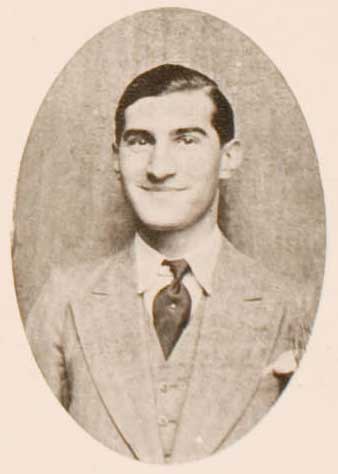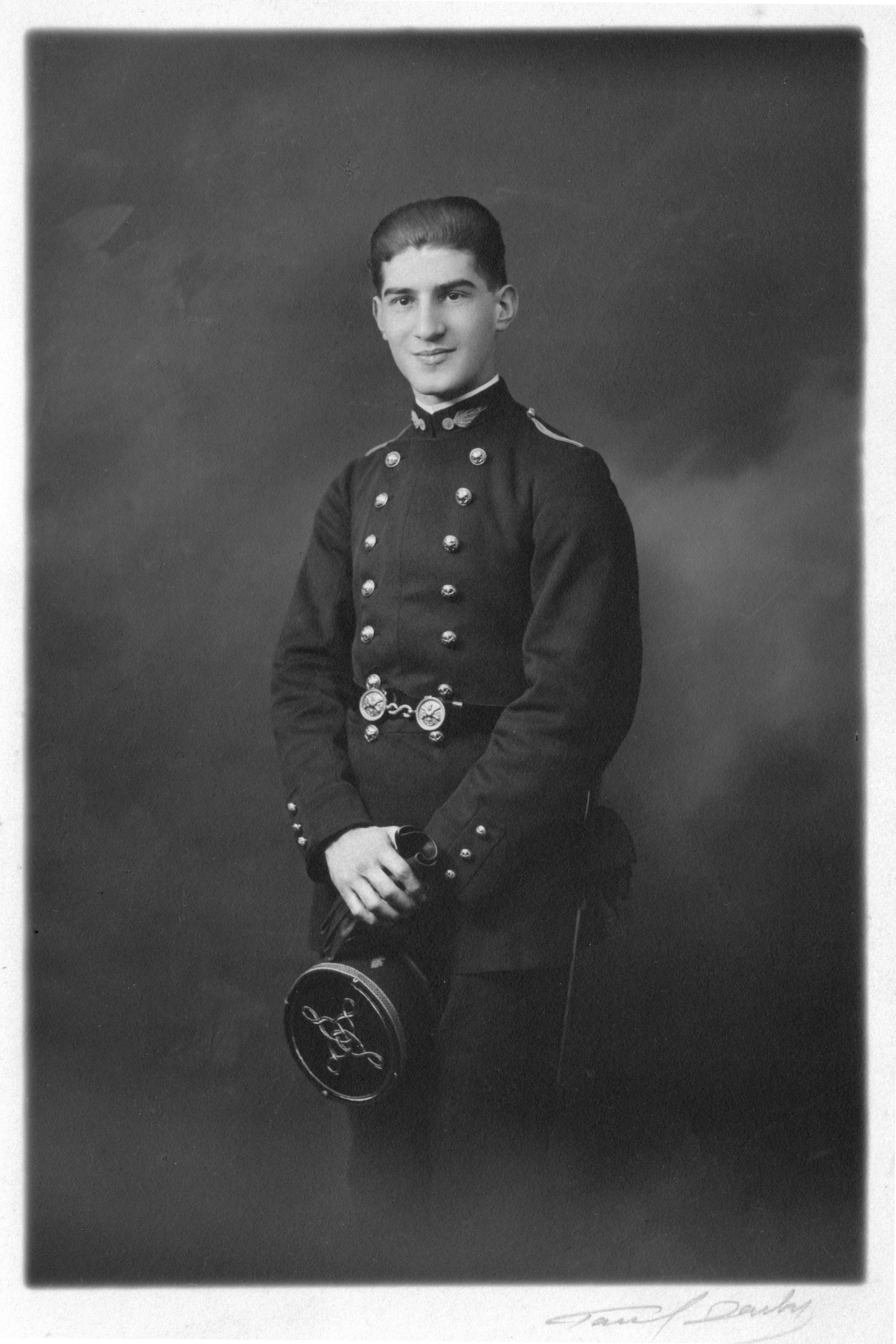
Jean Mandel en 1973
Collection familiale

Né le 3 mars 1907 à Ivry sur Seine.
Père de Guy Roger MANDEL (X 1960 ; né en 1940) et de René François MANDEL (X 1961 ; né en 1942).
Ancien éleve de l'Ecole polytechnique (promotion 1926), et de l'Ecole des Mines de Paris (entré et sorti classé 6 ème). Corps des mines.
Ingénieur général des mines. Il passe quarante années au service de l'École polytechnique : Répétiteur, maître de conférences et professeur de mécanique de 1942 à 1973. En 1961, il y crée le Laboratoire de mécanique des solides. Professeur à l'École des mines de Saint-Étienne dès 1932, puis à l'École des mines de Paris en 1948. Ses travaux couvrent tous les aspects de la mécanique des solides, mais c'est surtout dans le domaine de la plasticité appliquée à la mécanique des sols et à la mécanique des roches qu'il fait oeuvre de pionnier.
Premier président du groupe français de rhéologie (1964). Le Groupe français de rhéologie lui dédie son colloque annuel en décembre 1982. Jean Mandel reçoit le Grand Prix du CEA en 1981.

Publié dans Rheologica Acta 22, 125-126 (1983). Cette présentation avait également été faite par P. Habib à l'ouverture du Colloque annuel du Groupe français de rhéologie en décembre 1982.
Jean Mandel passed away on the 19th of July 1982, the victim of a tragic accident at the very height of his intellectual prime.
After brilliant secondary studies, he went on to l'Ecole Polytechnique in 1927 and later to l'Ecole des Mines. In 1932 he was professor at l'Ecole des Mines de Saint-Etienne and in 1948 at l'Ecole des Mines de Paris. From 1951 to 1973 he was professor of mechanics at l'Ecole Polytechnique.
Monsieur Mandel's research career was devoted mainly to the mechanics of solids and the strength of materials. In 1961 he created the Laboratoire de Mécanique des Solides - a laboratory common to l'Ecole Polytechnique, l'Ecole des Mines de Paris, l'Ecole des Ponts et Chaussees and associated to the Centre National de la Recherche Scientifique. In October 1964 he founded and became the first president of the Groupe Francais de Rheologie. In 1980 he became "honorary member" of this group.
His research centred mainly on continuum mechanics and more particularly on viscoelastic, plastic and viscoplastic media. The numerous practical applications of this work on plasticity in the field of soil and rock mechanics have assured him an international reputation. In 1950 he studied the problem of soil deformation under a load. In this case, the elasticity problem is rather complicated because the boundary conditions are not always very simple. Settlement is the difference between instantaneous deformation and the deformation at the end of an infinite time. It is due to the expulsion of water over time from the earth by the mechanism of consolidation. This was Mandel's first approach to time-dependent solid flow and the beginning of his activity in the field of rheology. He solved the problem of point loading on a two-layer medium. This opened the door, as it were, through the use of more or less difficult integrations, to the solution of problems concerning different distributions of stresses on surfaces of different shapes. This situation is more realistic for civil engineering than the semi-infinite medium studied by Boussinesq. The solution that Mandel proposed permitted the treatment of wave propagation in a medium appropriate as a model for pavement. Soil properties not being very pure, he examinated experimentally the creep of plastics and in particular plexiglass, even though the physical origin of this phenomenon is very different from that of the delayed deformation of soils. He studied the theory of Boltzmannian viscoelastic bodies and in 1955, using the Carson transform, showed that the theory of linear viscoelasticity could, with suitable boundary conditions, be reduced to the theory of linear elasticity. This is the theory referred to as the "correspondence principle", which had been developed independently by E. H. Lee at the same time. For the case that the viscoelastic properties of a body depend on its age (i.e. if the body is aging) and its behaviour remains linear, Jean Mandel introduced operators that enabled the equations to also be reduced to those of linear elasticity. In 1961, he studied the propagation of plastic waves in an infinite three-dimensional medium and demonstrated the existence of three waves whose speeds were bounded by the velocities of the three elastic waves. In 1971, at Udine, he gave a course presenting the fundamental equations and the mathematical theory of viscoplasticity. In 1972, at the International Conference on Rheology, he presented general reflections on rheological behaviour and proposed a distinction between solids and liquids according to the long term behaviour (fading or not) of an increment of deformation.
The scientific work of Jean Mandel covers a very wide field with a bibliography listing more than 150 articles and 5 books. He presented original ideas on the buckling of beams and shells, the finite deformations of solids, laminar flow in porous media, the bearing capacity of shallow foundations, the punch resistance of a two-layer medium, the stability of underground cavities, the plastic flow of metals, and the effect of cyclical loading on structures, as well as contributing to the fields of thermodynamics, rolling friction and homogenization.
But Monsieur Mandel's influence extended far beyond the field of his personal research. A good many students were moulded, under his direction, in the Laboratoire de Mecanique des Solides. This direction was characterized by its "ease" as far as the objectives were concerned but was complemented by a meticulous rigour as regards the associated mathematical developments.
A fine teacher and a constant stimulus to his research group, he gave his time generously to study the details of manuscripts that were sent to him and to suggest the minor modifications he deemed necessary. Those who had the privilege of working with him will be left with an impression of exclusive scientific passion and moral rigour that will remain as an example.
Pierre Habib (Palaiseau)
